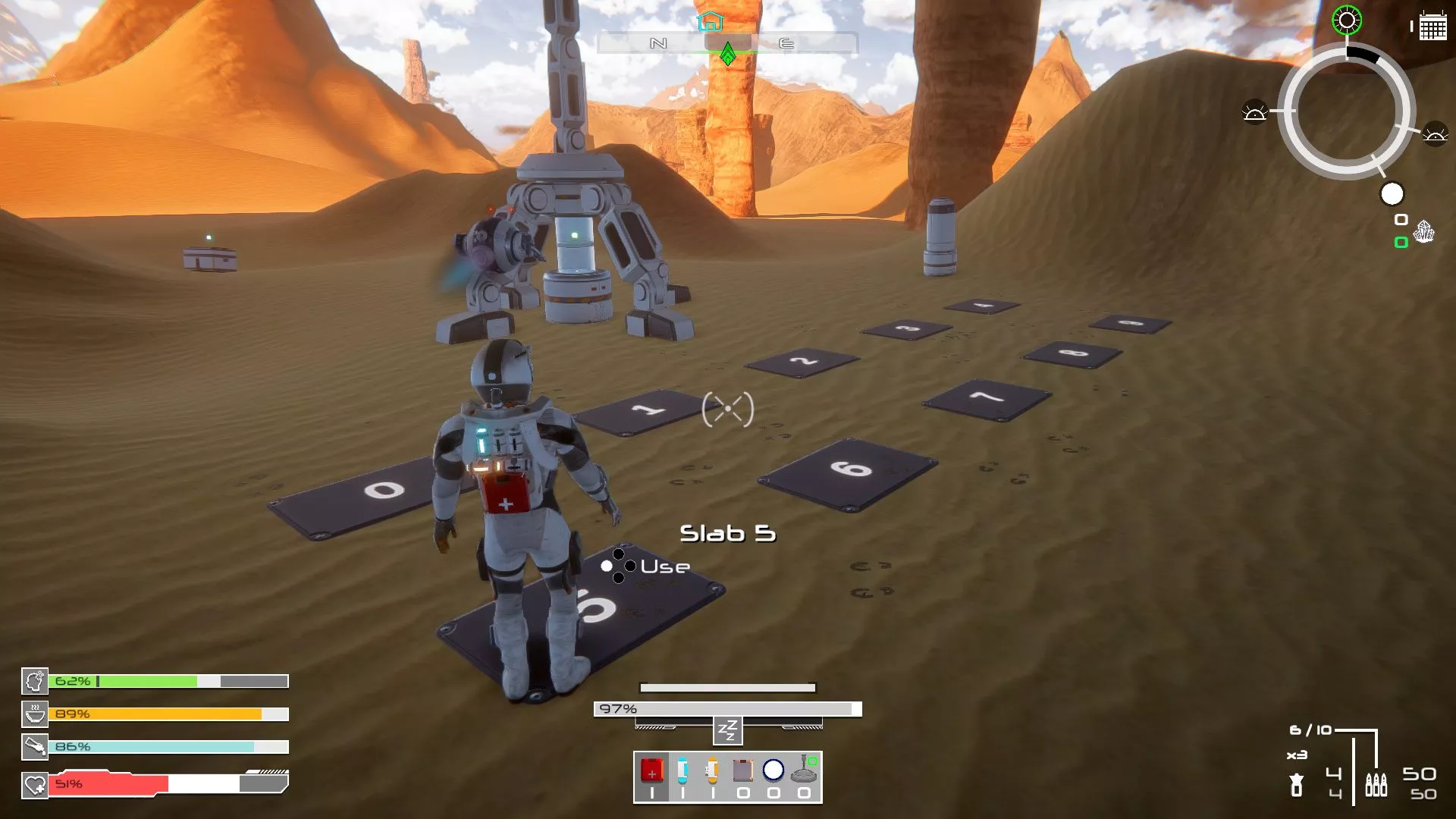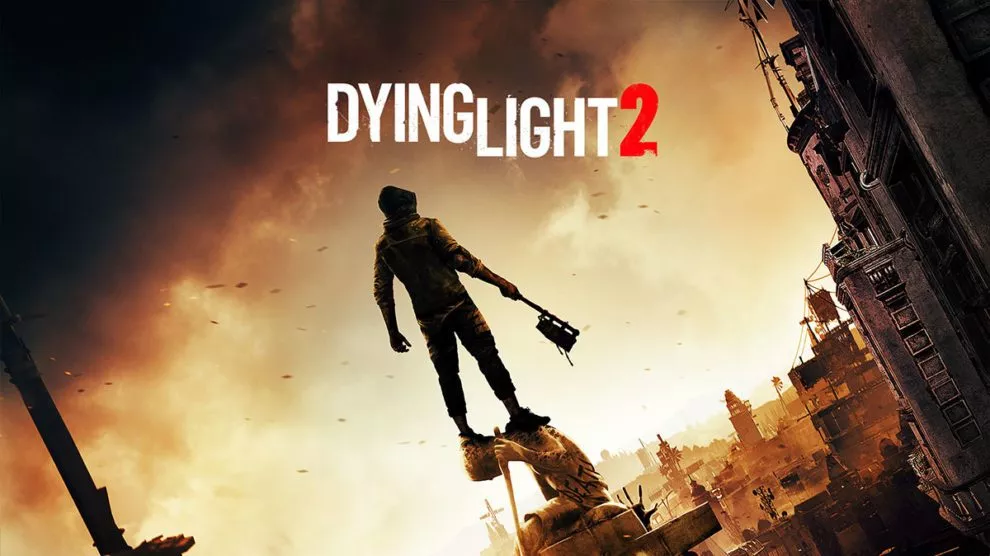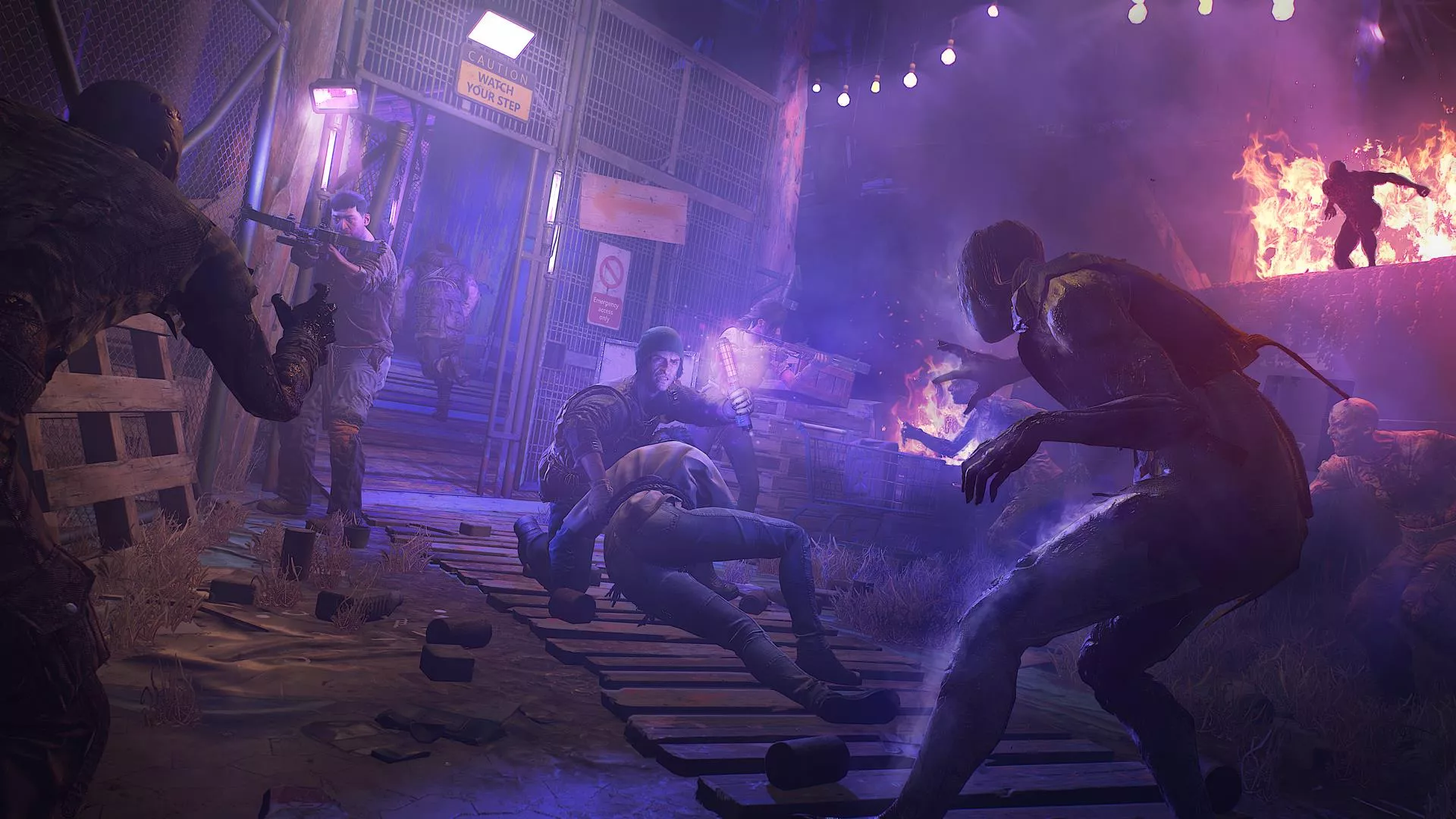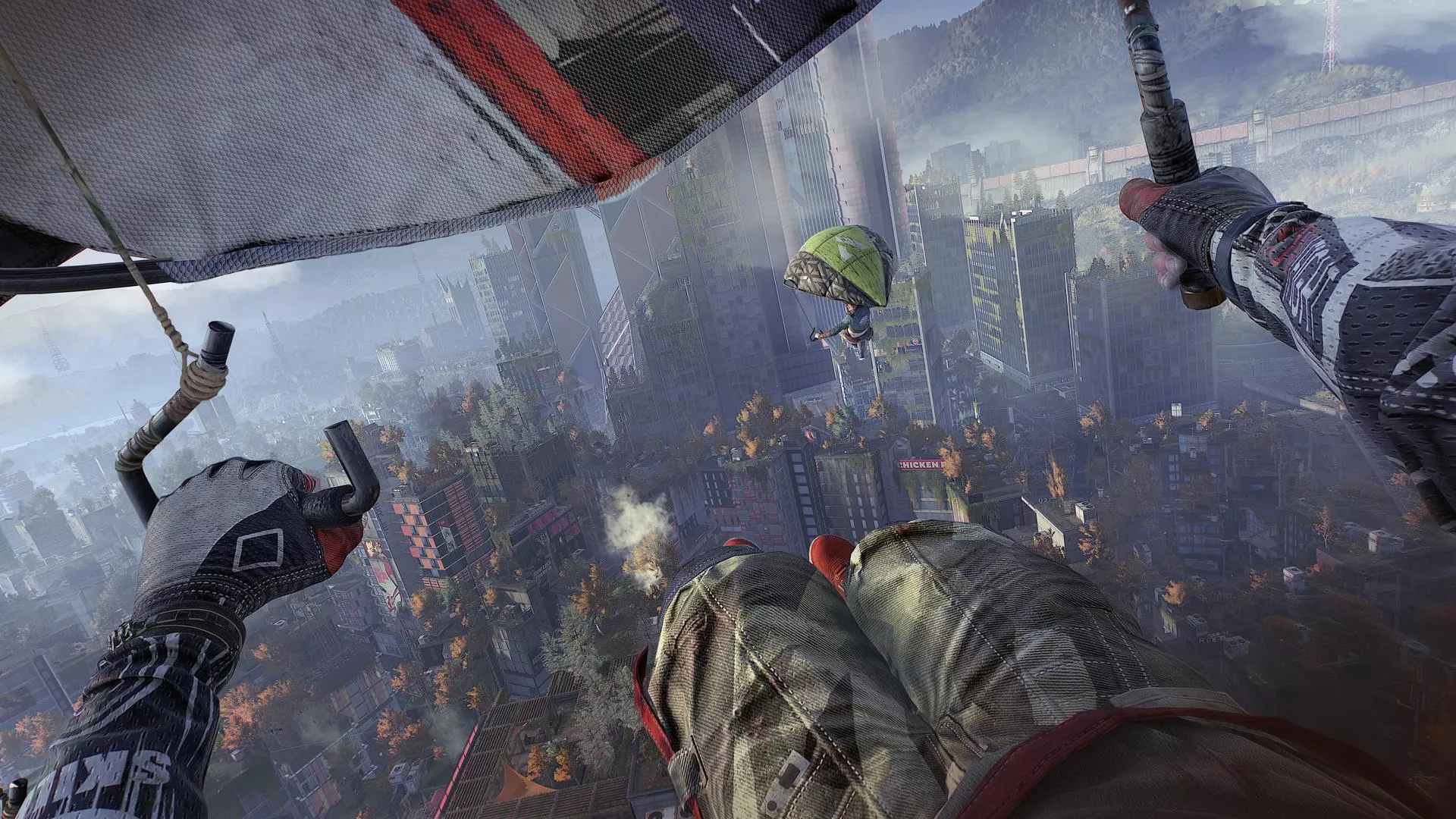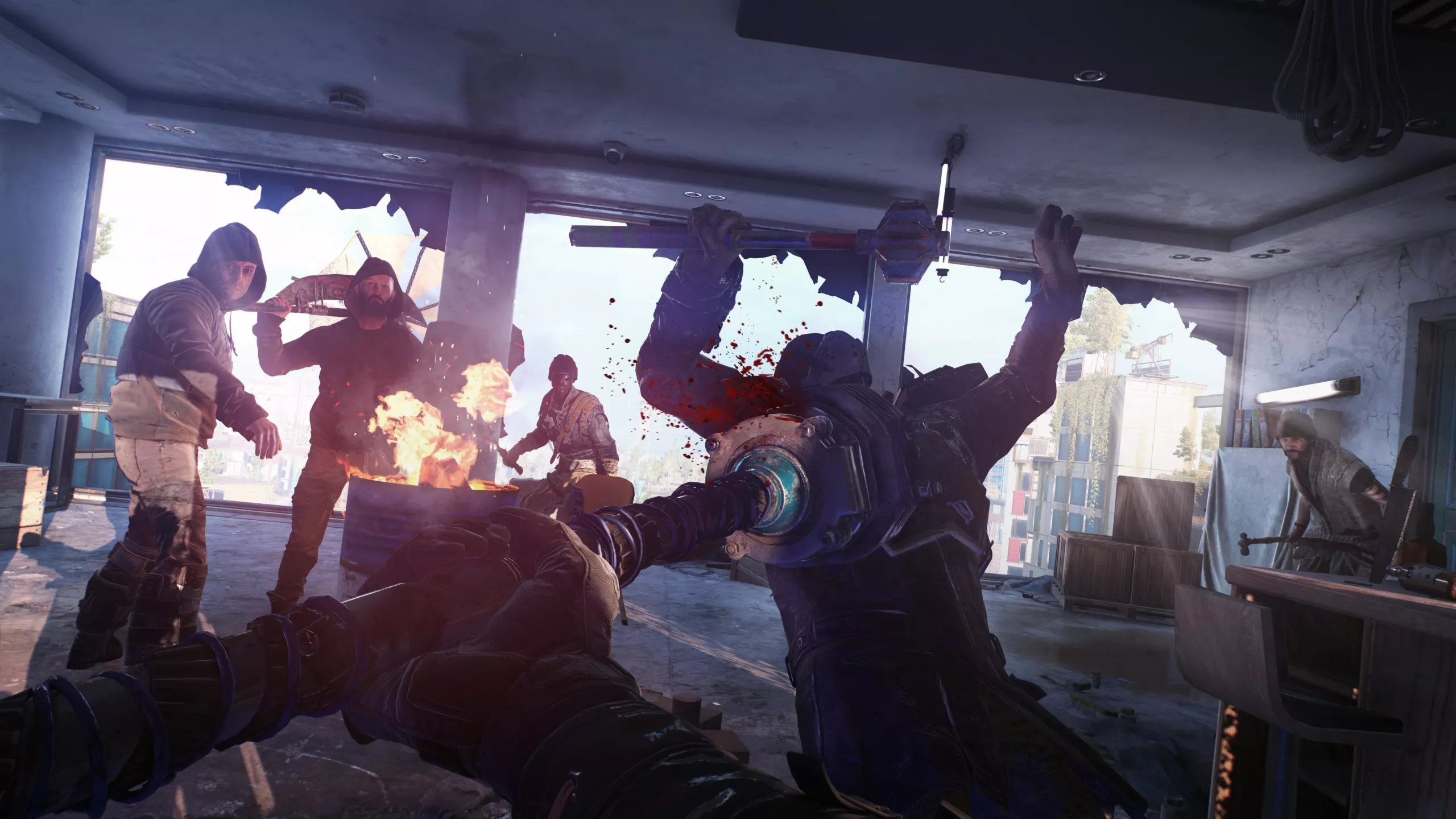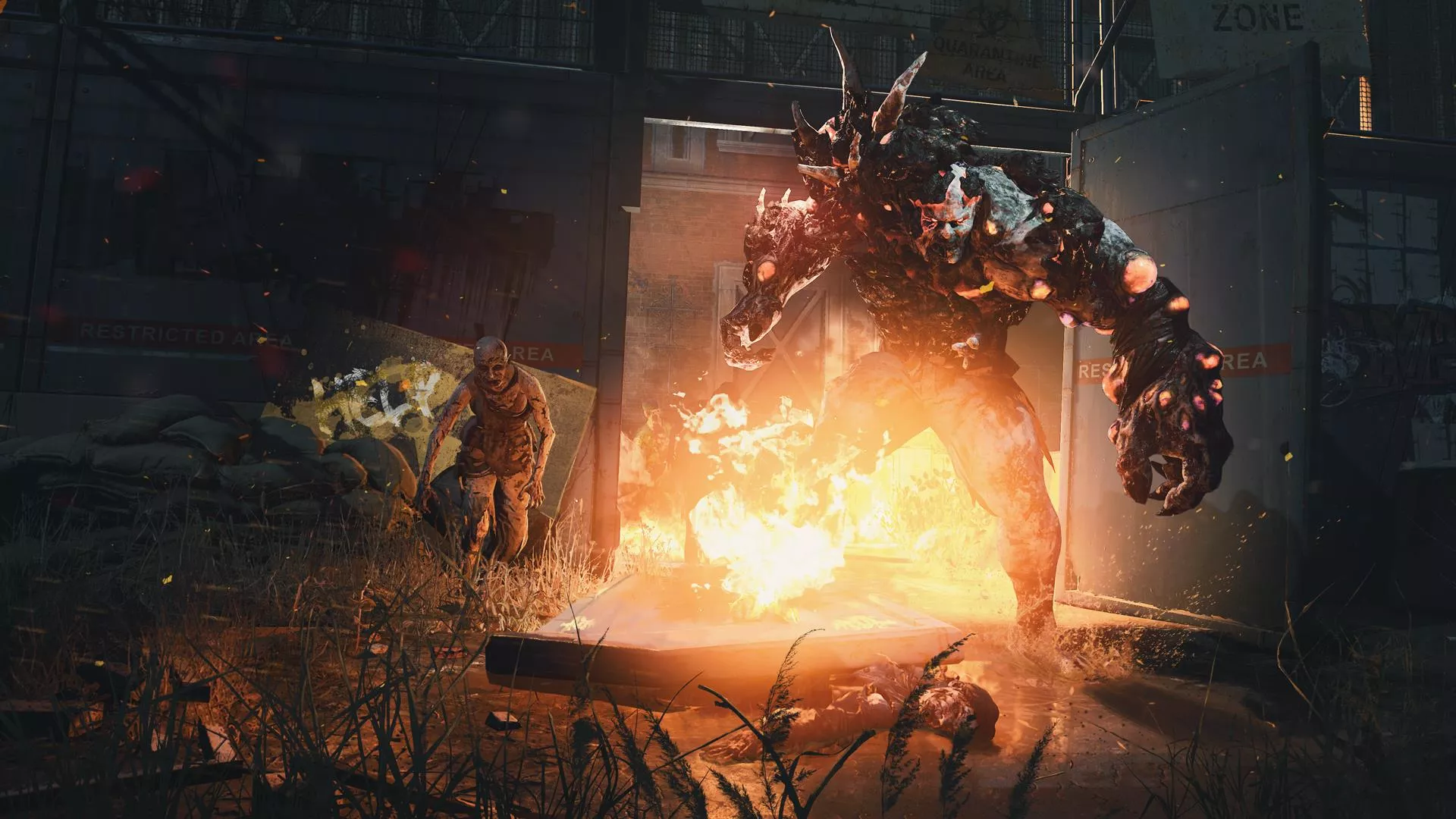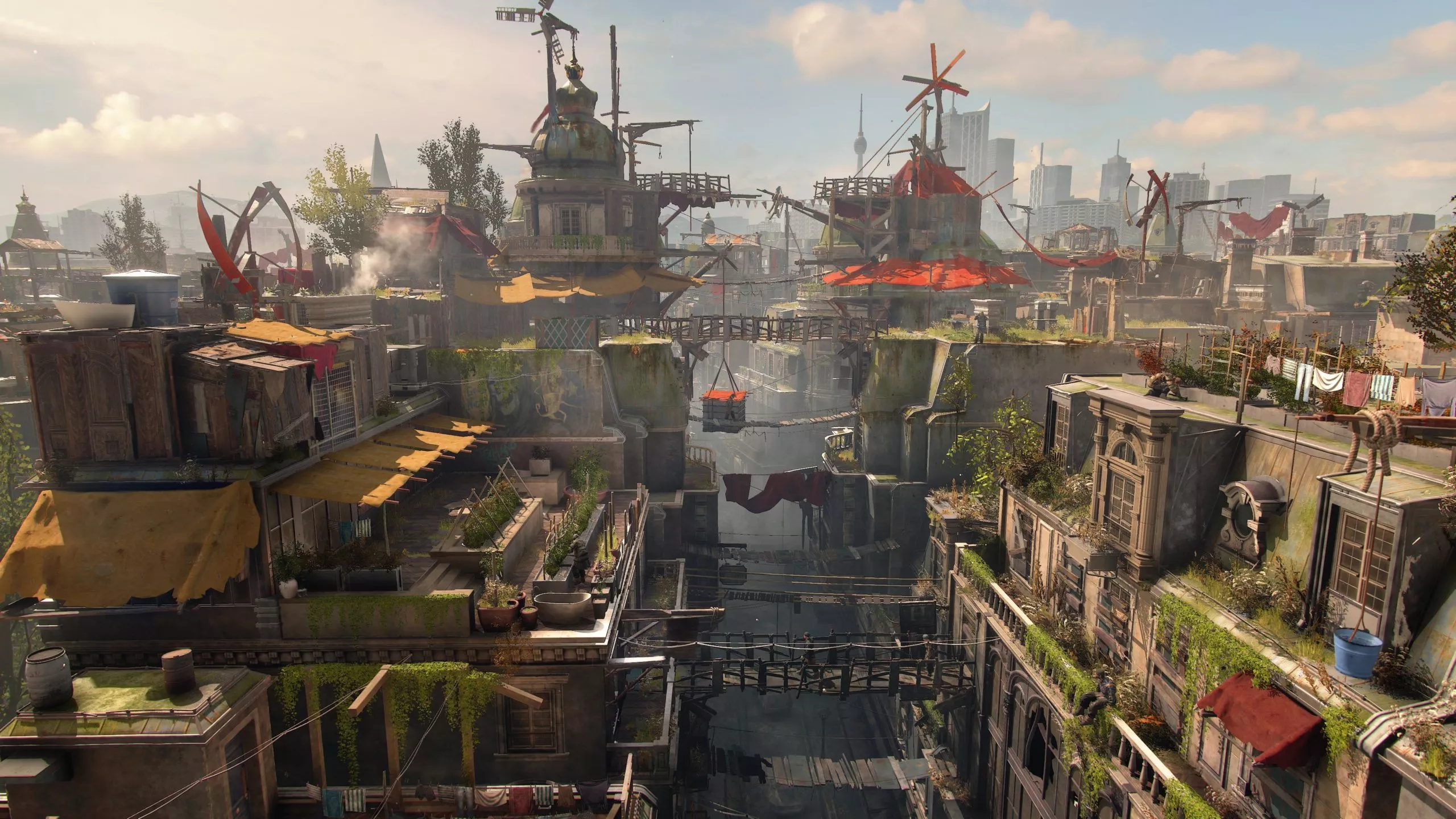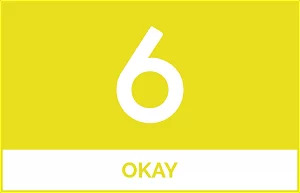Parkour meets the apocalypse in a mix that's equal parts fun and frustrating.
Dying Light 2 was first announced back at E3 2018, three years after the release of the original surprise hit. Initially scheduled for 2020, Techland will finally release the highly anticipated title in early February 2022.
Re-reading the words of my colleague Ben Salter’s E3 2019 preview and revisiting its E3 2018 announcement and gameplay trailers, I can see why Ben awarded the sequel a best of show back in the day; think the parkour of Mirror’s Edge coupled with a zombie apocalypse and brimming with important decisions that, in Techland’s own words, would mean that “each player’s game experience [would] be unique.” Aware of the delays that have taken place (and some of the scandal surrounding development), I can also see how and why Dying Light 2 didn’t quite manage to to become all it aspired to be. Granted, you’re already starting from a deficit when your narrative is all about a variant of a virus that quite literally brings the world to its knees, but we’ll give that whole topic a pass.
Let’s put it this way, however: after a lengthy bit of exposition when starting things up, the first first zombie I encountered glitched out as I was in the process of a stealthy takedown. The error — in which your targeted enemy rapidly flickers in and out of position as if in some sort of highbrow sci-fi film — occurred frequently in my playthrough on Xbox Series X. Dying Light 2‘s opening takes place in a forest, effortlessly showing you how beautiful it can be… and then almost immediately contradicts itself as a focal point is placed on one of the lowest-poly newspapers I’ve ever seen. This sets the stage for a theme of polish that’s countered by bugs or poor design choices that ruin all goodwill that’s been built.
In this sequel, you play as Aidan Caldwell; a lone wolf, he’s spent practically his entire life searching for his sister Mia. Finding the the next clue in his ongoing investigation leads to a giant city, he sets off and promptly puts Mia’s whereabouts to the backburner as he’s inundated with factions, fetch quests and all of the other events that an open world title is known for. Just like the overarching mystery takes a backseat, so too does Techland’s onboarding. In an effort to see what how the original fared, I surprisingly found that the gaps in Dying Light 2 were filled by messaging better communicated inside the original Dying Light; I was extremely glad I went backward to effectively go forward. The day-night cycle, particularly, made far more sense after revisiting what came before.
What I now know is this: Aidan is a parkour master, able to clambor to and from buildings with ease… until he’s handicapped right off the bat by a zombie bite that threatens to turn him into one of the undead. In the daytime, actual UV rays from the sun hold back any transformation; at night, Aidan not only has to deal with far more aggressive zombie hordes, but an initial five-minute timer that could mean the end of his wallrunning. When under the cover of night, Aidan’s infection rate spikes, limiting his stamina and eventually bringing him down altogether.
These effects can be counteracted — or rather, reset to the extent of the timer — by visiting safe spots with UV lamps or crafting materials that will bring back some of his immunity. GRE containers — left by the same organisation that caused the zombie outbreak in the first place — offer Aidan the chance to upgrade either his health or stamina (read: go stamina. Always go stamina until the point you’ve maxed stamina), and that in turn will increase the amount of time you can slink about in the dark.
The infection scenario is akin to Dead Rising 3 — aka horrendous for the likes of me and my anxiety-prone personality which hates working towards a timer at any point — but is admittedly far more manageable.
In the daytime, the zombie hordes generally congregate indoors, away from the light; this makes any mission where you’re required to go inside a building quite tenuous. Metro stations and supply areas are almost unmanageable in these instances, though in the evenings they’re no walk in the park either. When required to power on a train station — thereby activating it as a fast travel point — stealth is key. Aidan slinks about in the dark using his Survivor Sense to spot enemies; using your flashlight or sprinting about loudly will certainly set the horde upon you. It’s in said scenarios where Dying Light 2 truly shines, creating a tension that grips you to your core. The sense of satisfaction gained by successfully avoiding an altercation is a damn good reward.
That is, when you can experience it. For a large portion of the twenty-one hours I spent playing Dying Light 2‘s story, things like metro stations, power stations and water stations would ping on my map as I ran by, but would also inform me that said activities were locked. You can look, but don’t you touch. A majority of tools at Aidan’s disposal are also inexplicably backloaded towards the final hours of the story, in ways both good and bad. An upgrade finder is obviously something I wanted earlier, while a paraglider effectively detracts from the fun I found in actively parkouring through the world. It’s essential in the end — a shift to a skyscraper-dominated area illustrates the need for such a tool — but I was left questioning why Techland would water down one of its most satisfying gameplay loops to become something that can feel like a Far Cry clone at times. In short, Techland’s narrative and design have pacing issues that are felt throughout.
The twenty-one hours of story on offer are a mixed bag, full of fetch quests that will have you parkouring (fun!) back and forth across a colossal map (not fun!). Puzzles come in the form of timed parkour challenges and power cable management, and each come with instances that are generally enjoyable and others that are simply frustrating. When you’ve got two minutes to jump and climb up a tall building to stop an explosion from occuring, you’d like to think that Aidan won’t clip through handholds or, worse yet, slam into and then hang from invisible supports that never existed in the first place.
With some of these exercises, Techland was kind enough to place a couple detractable ladders so you can easily make up lost ground after a bad move; in more places, however, you have to start right back at square one. The power cable puzzles are actually quite ingenious, requiring you to not only be good at parkouring but efficient as well, minimising the distance you travel to connect point A to point B; here, questionable cable physics rip you out of the fun.
Climbing — even using a ladder — now saps your stamina, and that means you can simply fail a parkour if you don’t have enough energy at hand. The original Dying Light can be quite zen when you’re climbing up towers, able to pause and think through your path or just to take in the view. That’s all but impossible in the sequel; you need to continue frantically moving upward, or go bust. It’s yet another example of a need for progress that changes the game at the same time it detracts from the experience.
Combat begins as a straightforward affair; armed with melee weaponry, every strike you attempt eats into your hard-earned stamina bar. Upgrades come in the form of aerial techniques — and let me tell you, dropkicking a baddie off a reasonably tall building never gets old — and , faster takedowns and powerful attacks. When starting off, enemies will attempt to land regular and power attacks; the former can be parried and you can then use the advantage there to lay your own blows or rocket over opponents to begin a combo of sorts. Strangely, though, enemies stop using light attacks about halfway through the story altogether, meaning all the neat little tricks you’ve been taught are thrown to the wayside. Instead, you’ll need to use power moves, ranged attacks or other more time-consuming affairs.
Combat’s okay — actually, far improved mechically as compared to Dying Light — but there are a lot of instances where I was hoping I’d be able to simply make use of my stealth or my speed to avoid conflict; sadly, that’s not so when mission objectives are to eliminate each and every one of the faction you find standing before you. It was also about halfway through the story where enemies began to exhibit superhuman, Matrix-like agility; even though a throwing knife is supposed to break an enemy’s attack, I was finding that baddies were Mr. Smithing around them in mid-swing. I also found that opponents that I’d launched into the air could somehow weave around oncoming projectiles or block melee swings as well.
By far though, the most challenging enemies were the ones that would land a hit on me and also trigger the loudest buzzing noise possible, one that required me to force quit out of the game to stop. I never remembered to capture such occurences because the noise was so loud, every fibre of my being was decidated to silencing it as quickly as possible. It almost sounds a little like some of the (intentional? unintentional? I’m not sure) distortion that sounds over Techland’s own logo upon startup.
The original Dying Light is starting to show its age, visually and mechanically, and in this respect this new iteration certainly delivers, offering refined crafting, combat and menus. The original’s mini-map sadly hasn’t made the cut, and while improved, inventory management can become quite clunky; items sitting in your possession have to first be assigned into one of four available slots before you’ll be able to quick select them for use. Weaponry is the exception to this, with Aidan just swapping out new melee options as soon as you wear one down to uselessness.
A cast of supporting characters generally feel like the same generic and backstabby characters you’ll encounter in any post-apocalyptic scenario. Your decisions may impact their lives, but ultimately I found it hard to care about the majority of them. The exception to this is Rosario Dawson as Lawan, who deserves praise for her efforts in setting the mercenary apart from the pack.
Aidan himself can be problematic, falling into a trope that’s not only continually repeated throughout the narrative, but several times within a single encounter. When [redacted] happens — and that’s often — all sense of urgency and momentum fall away from what would otherwise be engaging quests. Without spoiling Dying Light 2‘s climax, I’ll say that my decisions really didn’t feel like they mattered at all… that, or the narrative’s conclusion was rushed to get out the door in time for February and ultimately detracts from Techland’s main goal. When comparing the end of its narrative to boasts that players could engage in 500+ hours of content, I’d happily trade in some of those extra hours for further polishing.
For all the problems I have with Dying Light 2, I can also see what it was setting out to be. With the story out of the way, I left the high roofs of the skyscrapers and simply mucked about in the older part of town. Here, I explored darkened buildings, activated the Far Cry tower-like windmills that I’d neglected to complete before and purposefully tried to initiate level 4/4 chases with the undead at night, just to see if I could escape them. I went on the hunt for upgrades, spoke to NPCs to go on their side missions and began to really enjoy myself. I was so used to the issues I’d run into with both combat and parkour that I could shrug them off (apart from the buzzing) and just carry on. I certainly won’t continue on to 80 hours of play — or even 30 for that matter — but there’s fun to be had in freedom.
Dying Light 2 faces two big issues at present: technical glitches that can be fixed with a patch, and design choices that will be harder to deal with. When the former are corrected, Techland’s latest will be far more enjoyable; that said, the number of times it goes out of its way to break up the fun it’s capable of producing could remain its legacy.
Dying Light 2 was reviewed using a promotional code on Xbox Series X, as provided by the developer. Click here to learn more about Stevivor’s scoring scale.
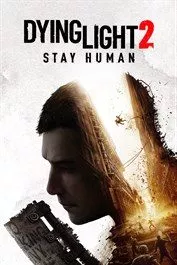 |
Dying Light 2 Stay Human4 February 2022PC PS4 PS5 Xbox One Xbox Series S & X |
This article may contain affiliate links, meaning we could earn a small commission if you click-through and make a purchase. Stevivor is an independent outlet and our journalism is in no way influenced by any advertiser or commercial initiative.





